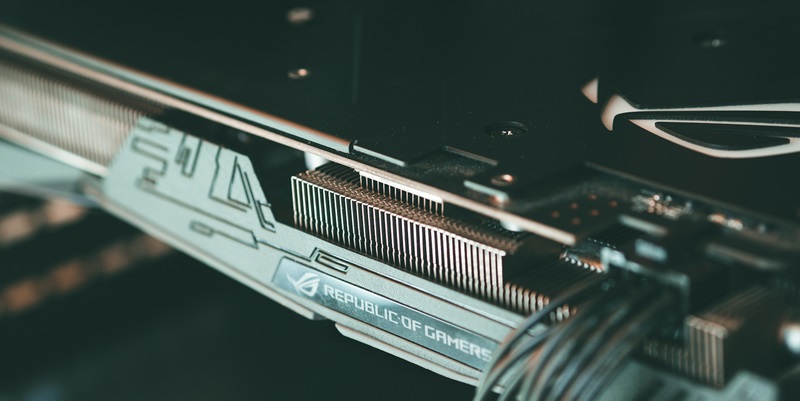Gamers constantly chase after smoother performance, with tech like Nvidia’s DLSS pushing the boundaries of frame rates. Though DLSS 3 is confined to the latest RTX 4000 GPUs, those with older Nvidia hardware aren’t left behind thanks to a novel tweak. This hack adopts AMD’s FSR 3 frame generation tech to upgrade performance substantially on these older cards. DLSS 3’s exclusivity initially sidelined earlier RTX users, but this workaround provides them a semblance of parity with recent advances. It demonstrates ingenuity, marrying competing technologies—Nvidia’s and AMD’s—for the collective benefit of improved gaming experiences across a broader range of GPUs, much to the delight of the gaming community. This blend of innovation ensures that advancements aren’t just confined to the newest hardware but also breathes new life into existing setups.
A Synergistic Modding Breakthrough
The graphics card battleground is fiercely competitive, but sometimes a cross-pollination of ideas leads to unexpected gains. The modding community discovered a way to amalgamate AMD’s FidelityFX Super Resolution (FSR) 3 frame generation tech with Nvidia’s RTX 2000 and RTX 3000 series cards through a relatively straightforward process. This approach required the addition of certain DLL files into a game’s directory paired with a simple registry edit, making it accessible for a wide range of users.
Tests have shown that this fusion of tech could yield more than a 60% increase in frame rates in certain titles. For instance, an RTX 3080, which previously managed 60-70 fps in Cyberpunk 2077 at 1440p, soared past the 100 fps mark with the mod enabled. Such gains aren’t just numbers on a screen; they translate to smoother gameplay and a more immersive experience, particularly in action-packed or visually intensive scenes.
Unwrapping the Mod’s Potential and Pitfalls
In a fascinating turn, a mod allowing older Nvidia GPUs to access Frame Generation, a feature of Nvidia’s DLSS 3, has been creating a buzz among gamers. Despite its potential, the mod introduces input lag and visual quirks, notably impacting HUD elements and fine textures, though some issues can be lessened by game setting adjustments. Digital Foundry’s review was encouraging, indicating that the performance enhancements could revitalize aging graphics cards with the trade-off being nearly indistinguishable during regular play.
This innovation is a testament to the modding community’s creativity, illustrating how technology from different brands can work together and highlighting the significant contributions of user-generated modifications in gaming. Ultimately, this workaround offers a promising performance boost to older hardware, proving that with ingenuity, even outdated technology can enjoy renewed relevance.

